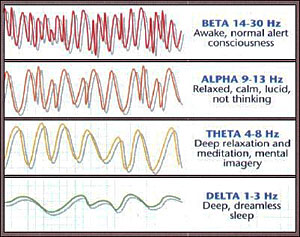In today's New York Times business section there's a piece called: Moving Mountains With the Brain, Not a Joystick. I've previously discussed both of the mentioned EEG-based headsets here.The article highlights some of the problems that this type of technology will face in the consumer marketplace:
“Not all people are able to display the mental activity necessary to move an object on a screen,” he said. “Some people may not be able to imagine movement in a way that EEG can detect.”
I agree. Even though Emotiv claims that "all 200 testers of the headset had indeed been able to move on-screen objects mentally" it's very doubtful that the device will have that level of success (100%!) with real gamers.They talk about the use of facial muscle activity (EMG) in addition to the EEG signal. With proper electrode placement, I think EMG holds far more promise for enhancing the gaming experience. Even EOG could be used effectively as a feedback and control mechanism. Reliable EEG processing for this purpose is still a long way off.
UPDATE (6/17/08): More of the same: No Paralysis in Second Life
UPDATE (6/29/08): Here's a pretty good description of how these devices are being used for control purposes: OCZ's Neural Impulse Actuator (The flying car of control schemes).
UPDATE (7/21/08): An even more thorough evaluation: OCZ NIA Brain-Computer Interface. A generally positive and realistic assessment of the technology:
...the NIA isn't a replacement for traditional input methods, it is merely a powerful supplement.


Pingback: Personal EEG-based Communications Device | Bob on Medical Device Software